TOM WESSELMANN (1931-2004)
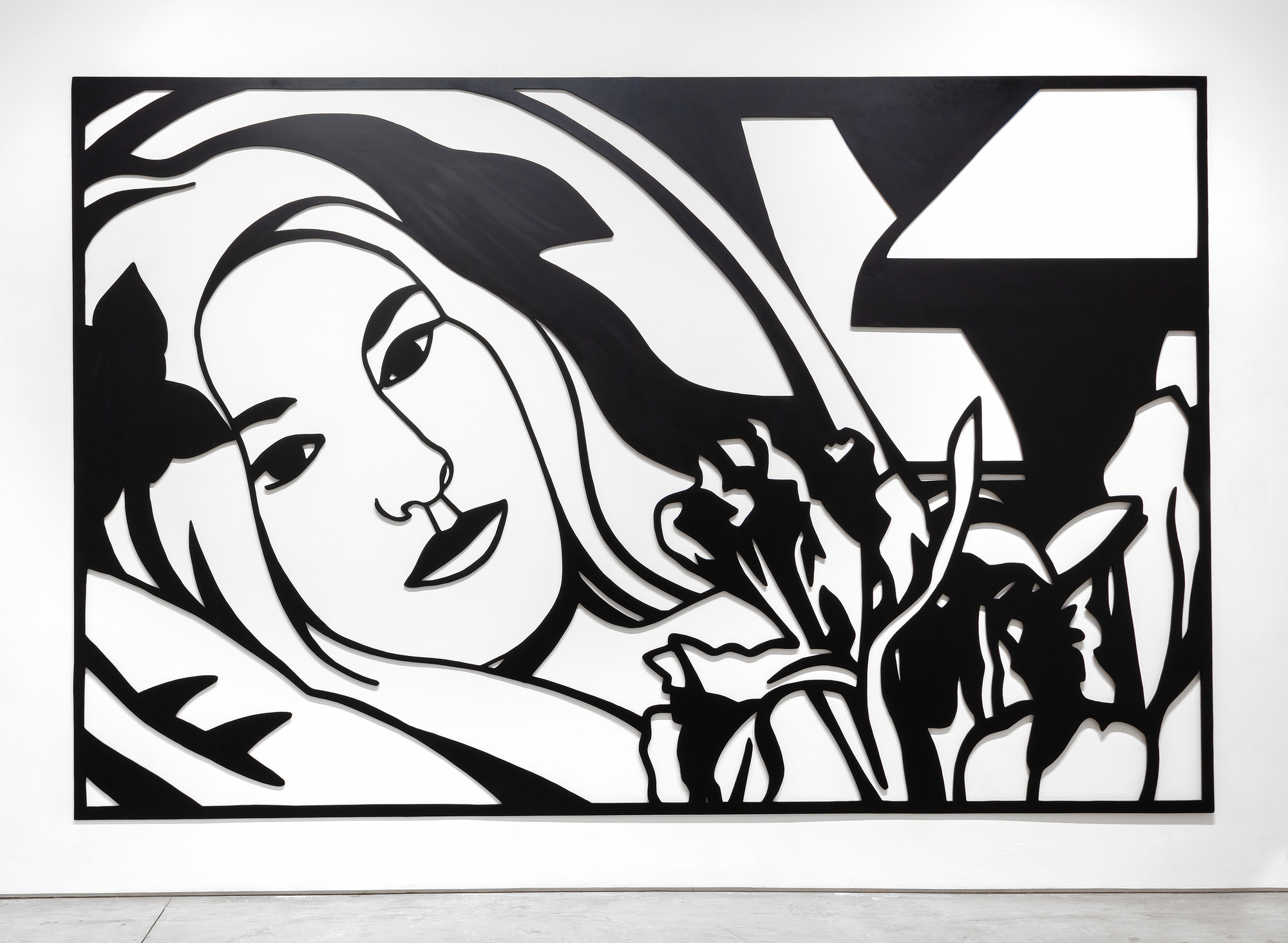
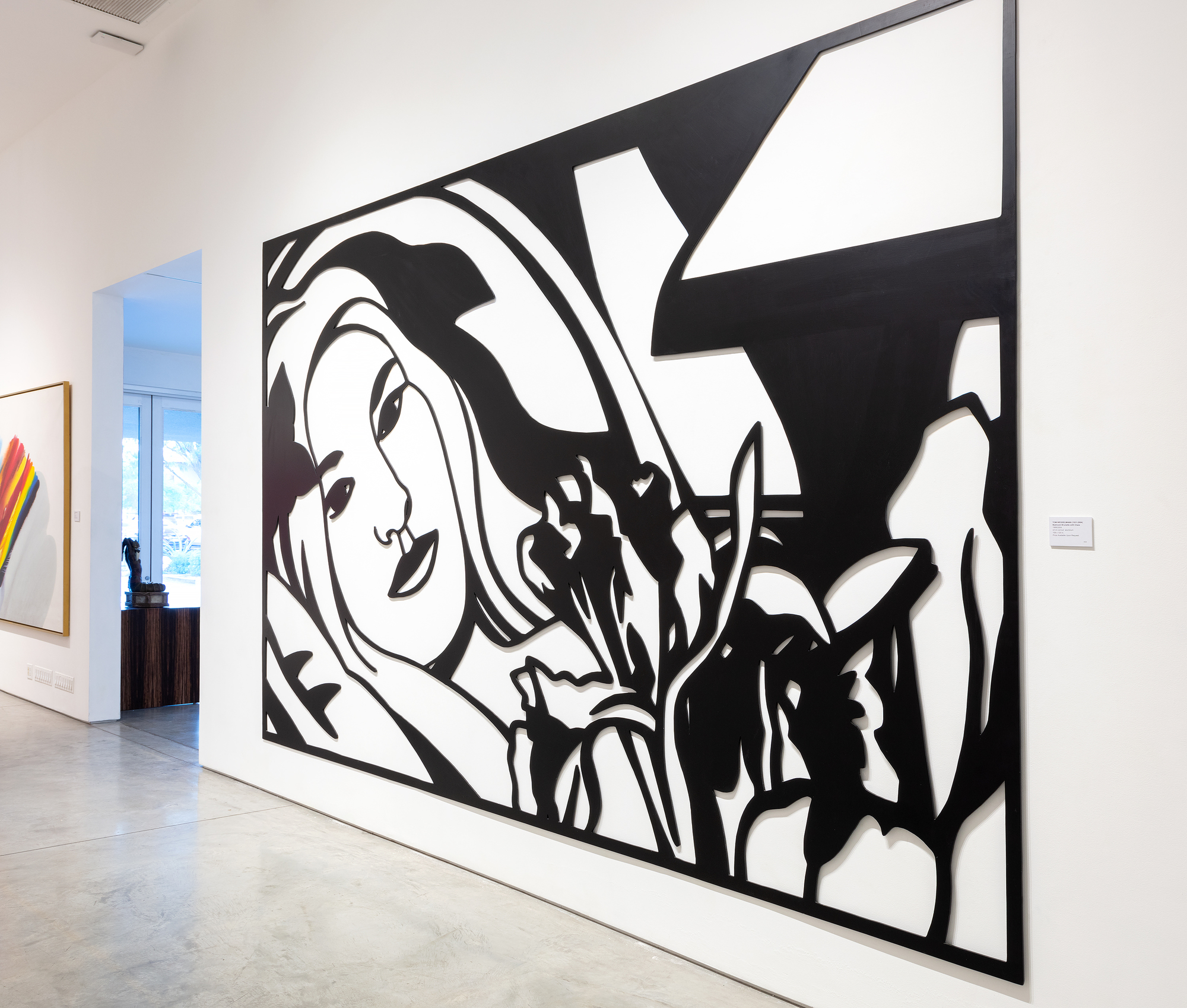
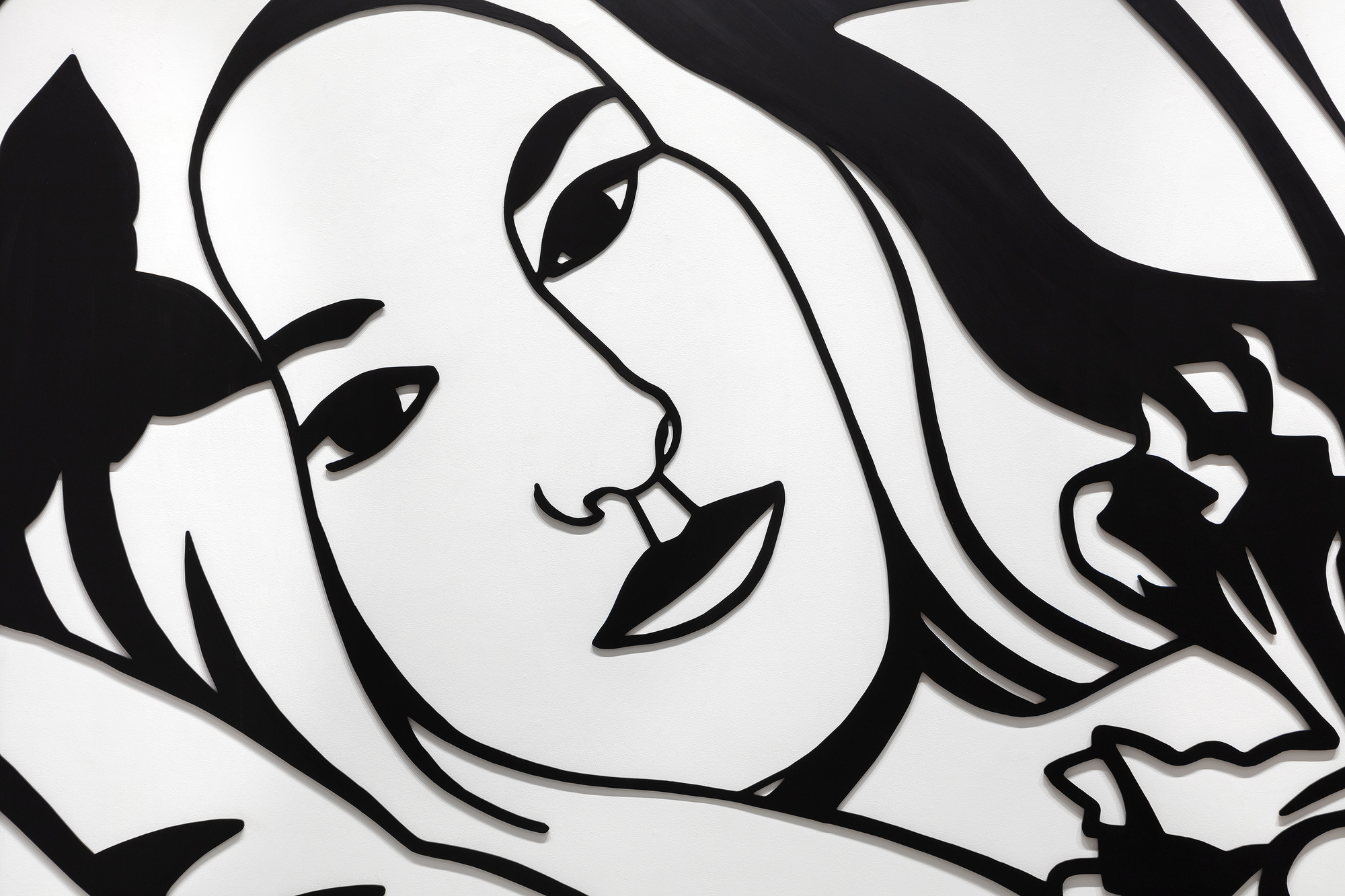
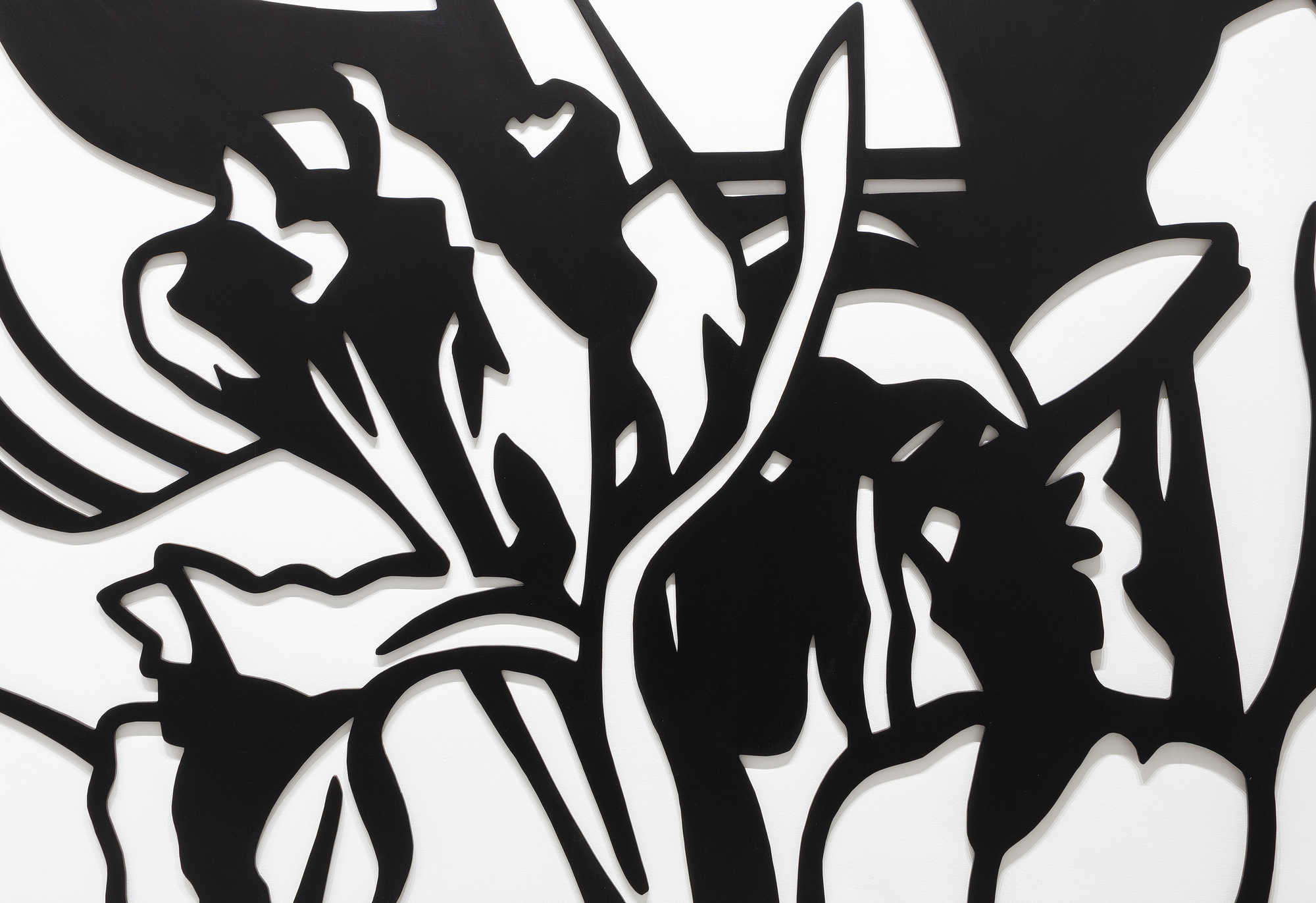
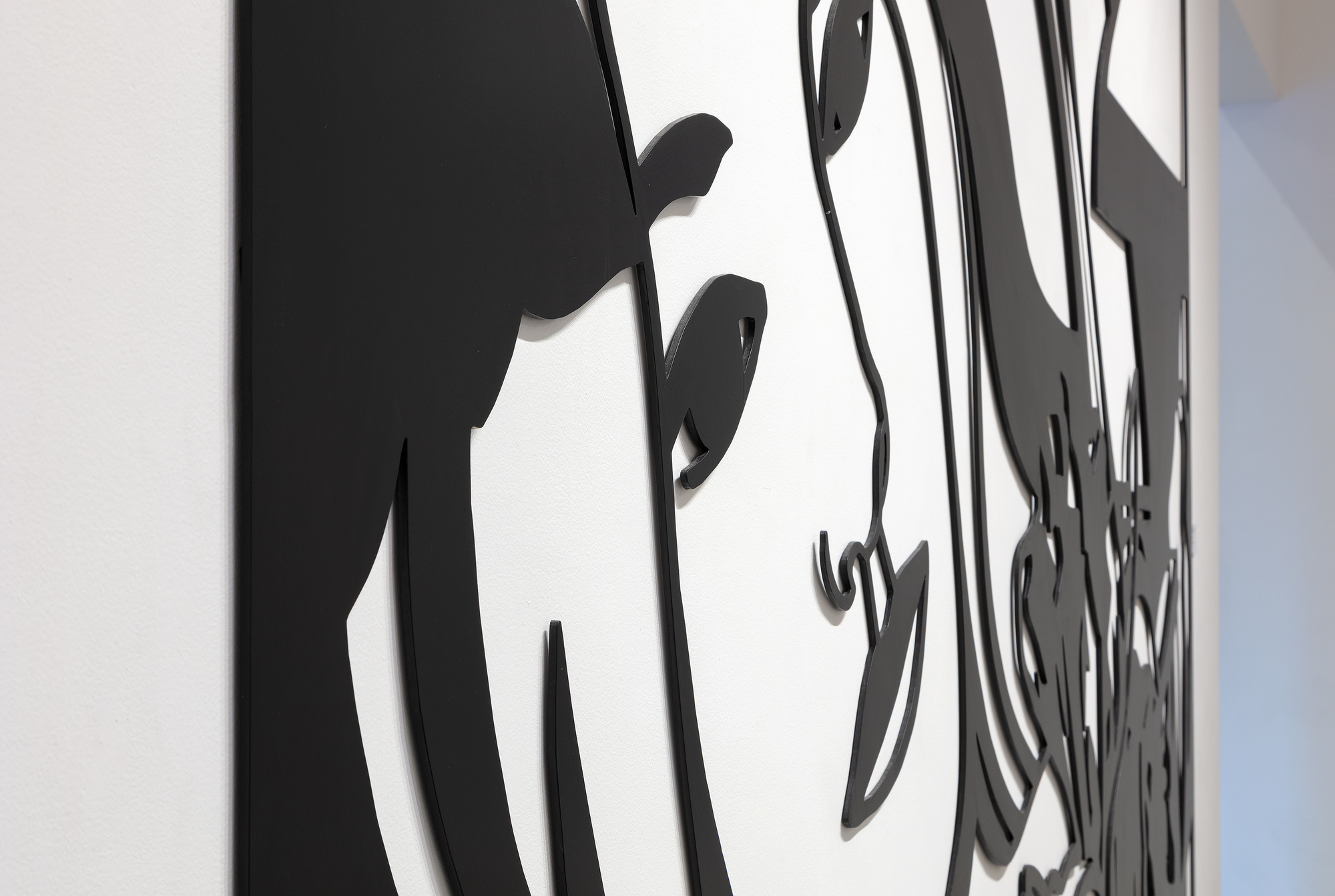
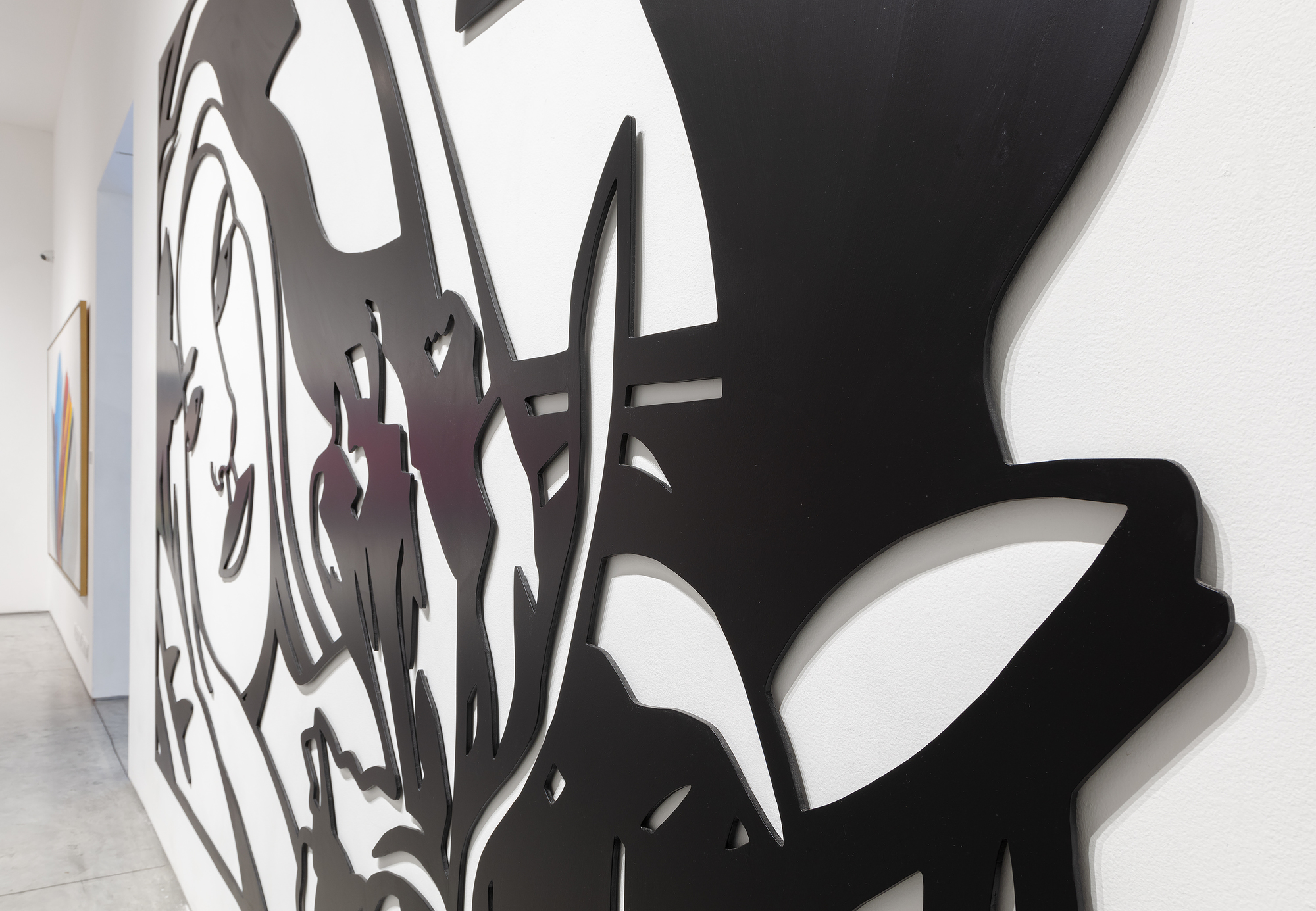
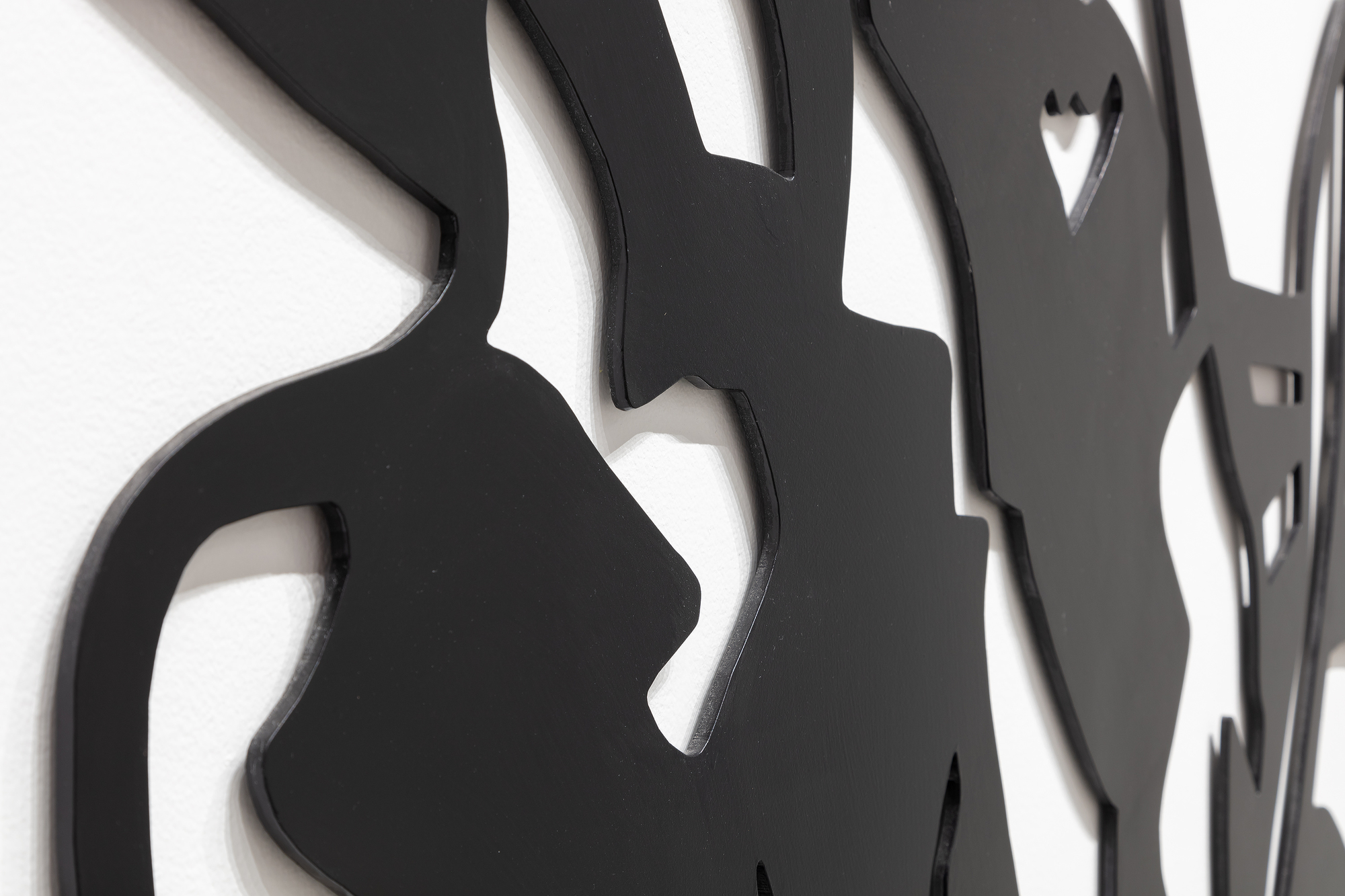
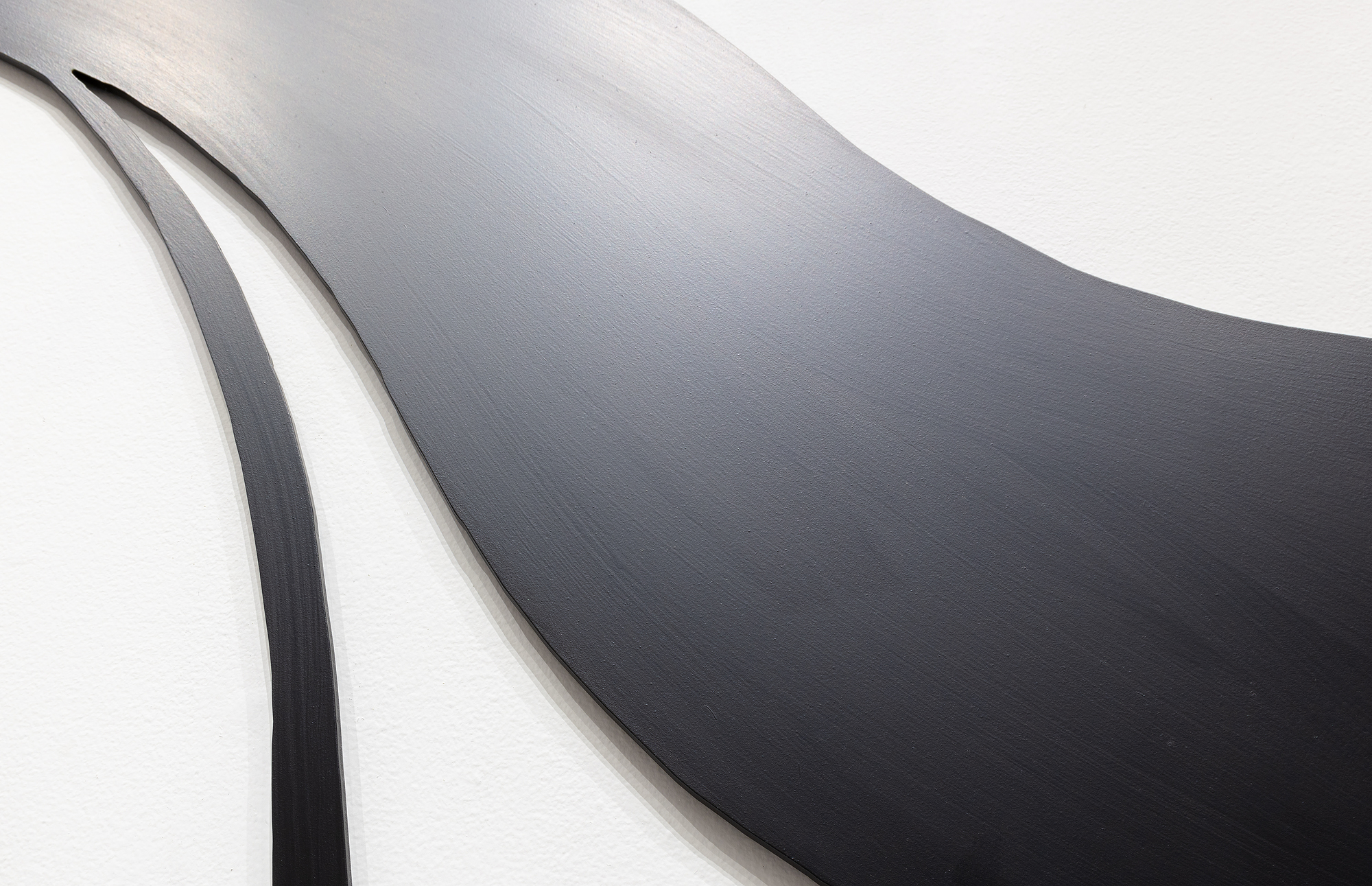
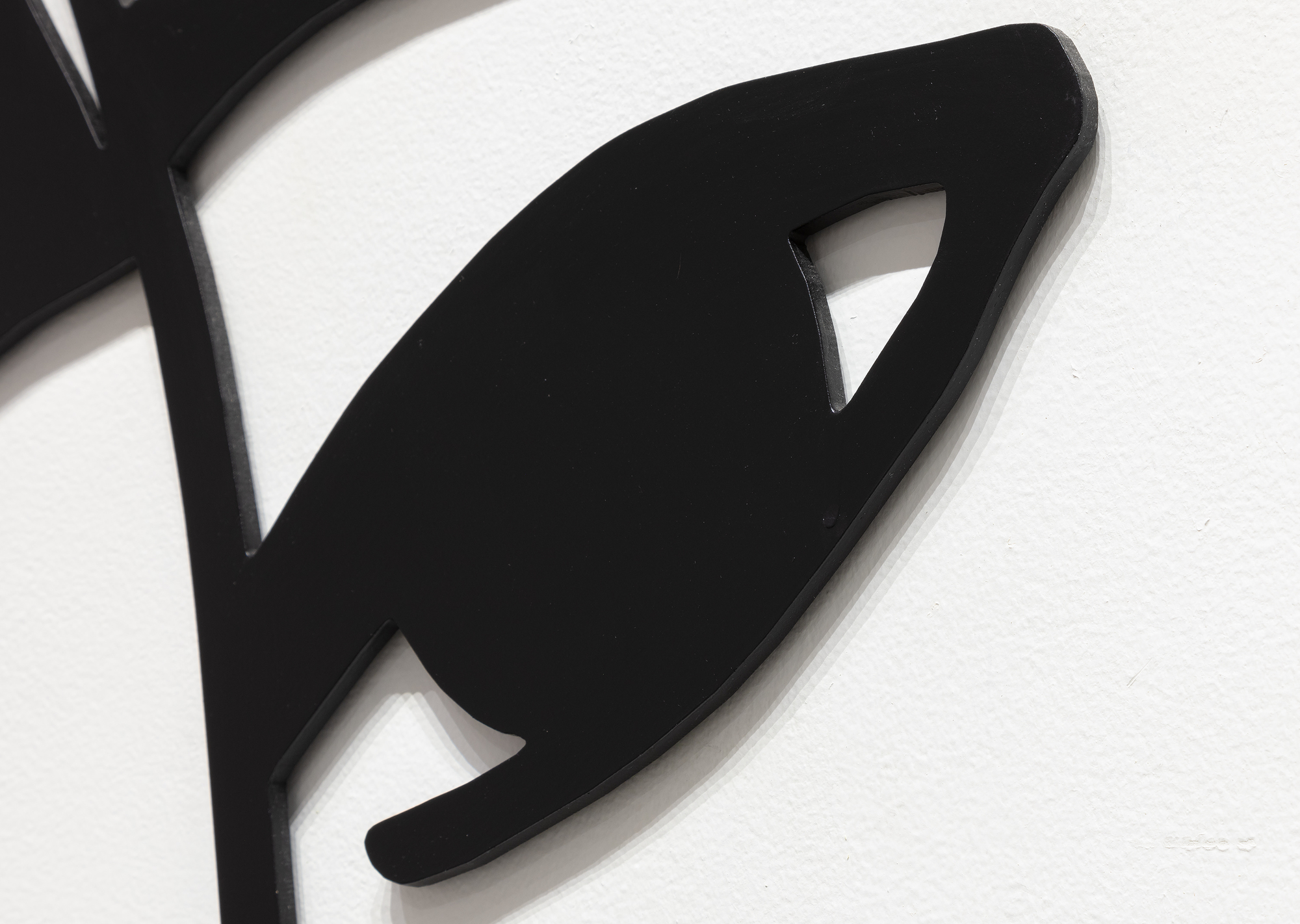
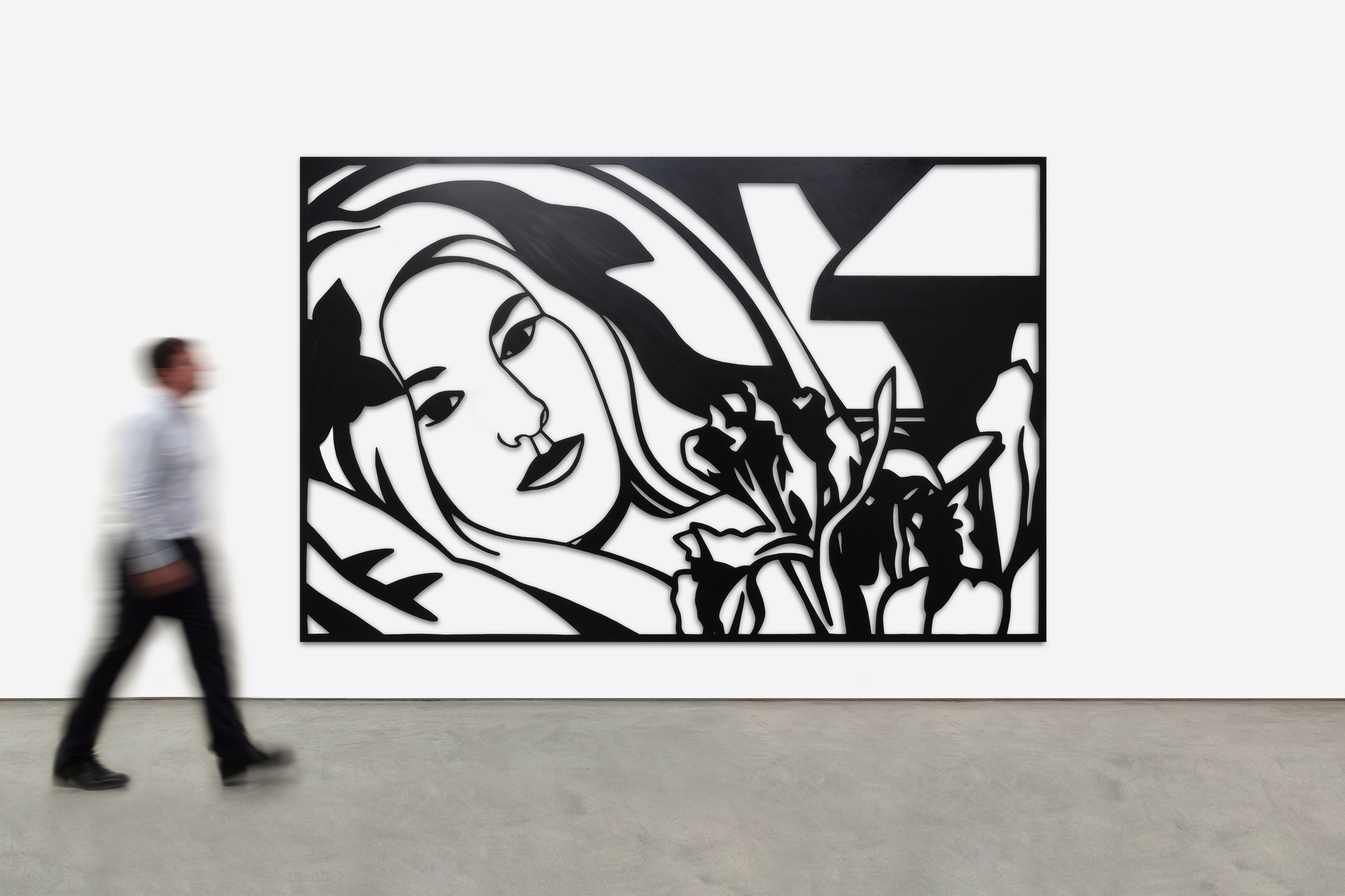
Provenance
Galerie Robert MillerCollection privée, New York, 2004
Exposition
Wesselmann, T., Aquin, S., Musée des beaux-arts de Montréal. (2012). Tom WesselmannMunich : Prestel
New York, Robert Miller Gallery, Tom Wesselmann : Sunset Nudes, 9 mars-22 avril 2006 (ill. couleur)
Rome, Museo d'Arte Contemporanea Roma, Tom Wesselmann, 8 juin-18 septembre 2005 (ill. couleur pp. 174-75)
Littérature
John Wilmerding, Tom Wesselmann : His Voice and Vision (New York : Rizzoli International Publications, 2008), p. 253 (ill. couleur p. 248-49, comme "Bedroom Brunette w...Plus.....ith Irises, 1988/04")...MOINS.....
Histoire
On se souviendra sans doute de Tom Wesselmann pour avoir associé ses thèmes érotiques aux couleurs du drapeau américain. Mais Wesselmann avait des dons considérables en tant que dessinateur, et la ligne était sa principale préoccupation, d'abord en tant que caricaturiste, puis en tant qu'admirateur fervent de Matisse. Le fait qu'il soit également à l'origine d'une méthode permettant de transformer des dessins en reliefs muraux en acier découpé au laser a été une révélation. Il commence à se concentrer de plus en plus sur le dessin pour le plaisir de dessiner, enchanté par le fait que ce nouveau support puisse être soulevé et tenu : "C'est vraiment comme si l'on pouvait prendre un délicat dessin au trait sur le papier".
Les Steel Drawings ont suscité à la fois l'enthousiasme et la confusion dans le monde de l'art. Après avoir acquis l'une de ces œuvres révolutionnaires en 1985, le Whitney Museum of American Art a écrit à Wesselmann pour lui demander si elle devait être cataloguée comme un dessin ou une sculpture. L'œuvre avait provoqué un tel émoi que lorsqu'Eric Fischl a rendu visite à Wesselmann dans son studio et qu'il a vu des œuvres découpées dans l'acier pour la première fois, il s'est souvenu avoir été jaloux. Il voulait essayer mais n'osait pas. C'était clair : "Tom possédait complètement la technique".
Wesselmann doit une grande partie de cette technique à sa collaboration d'un an avec le fabricant de produits métallurgiques Alfred Lippincott. Ensemble, en 1984, ils ont perfectionné une méthode de découpe de l'acier au laser qui lui a apporté la précision nécessaire pour mettre en évidence la spontanéité de ses esquisses. Wesselmann a dit que c'était "la meilleure année de ma vie", ravi des résultats qu'il n'avait jamais obtenus avec l'aluminium, dont chaque forme devait être découpée à la main. "Je prévoyais à quel point il serait excitant pour moi de récupérer un dessin en acier. Je pouvais le tenir dans mes mains. Je pouvais le prendre par les lignes... c'était tellement excitant... une sorte de quasi extase, en tout cas, mais il y a vraiment eu quelque chose dans le nouveau travail qui m'a saisi."
plus deLES CONNAISSANCES DU MARCHÉ
- Depuis 1976, le marché de Wesselmann s'est développé avec un taux de rendement annuel de 5,6 %.
- Bedroom Brunette with Irises est l'une des plus grandes œuvres de l'artiste à être mises sur le marché.
- Wesselmann a conçu cette pièce en 1988 et l'a fait fabriquer en 2004 juste avant sa mort en décembre de la même année - elle fait partie de ses dernières grandes œuvres.
- Les figures féminines de Wesselmann font partie de ses sujets les plus désirables et les plus recherchés.
- Cette pièce se trouve dans la même collection privée depuis sa création.
Les meilleurs résultats aux enchères
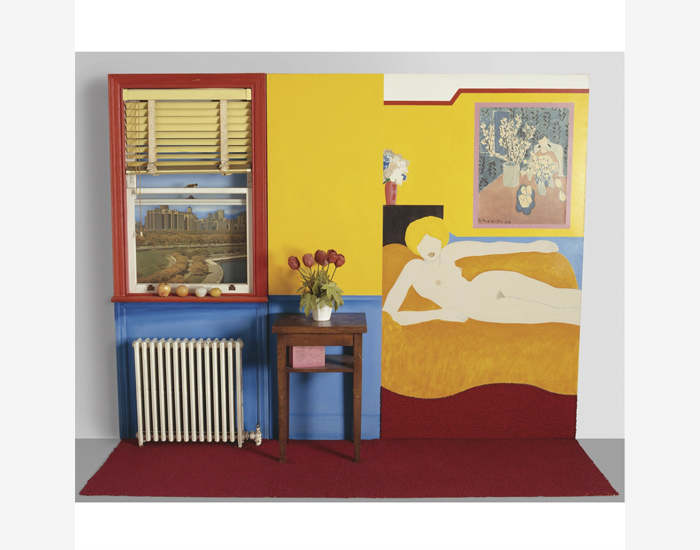
Le "Grand nu américain no. 48" (1963) a été vendu pour 10 681 000 dollars.
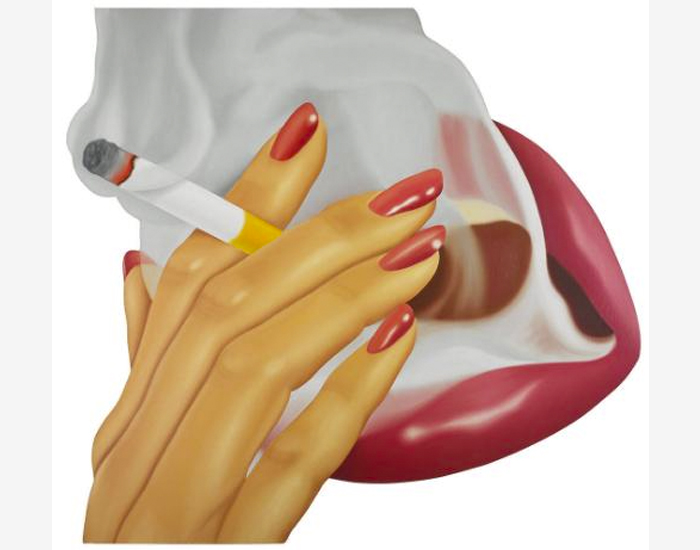
"Smoker #9" (1973) vendu pour 6 761 000 $.

"Smoker #17" (1973) vendu pour 5 864 000 $.
Œuvres comparables vendues aux enchères

"Still Life with Four Lizes" (1991) a été vendu pour 2 070 000 dollars.
- Milieu comparable, et notre pièce est plus de deux fois plus grande que celle-ci.
- Bien qu'il soit coloré, il n'a pas la même imagerie féminine qui est si emblématique de l'œuvre de Wesselmann.
- Vendu pour plus de 2 millions de dollars, soit 380 $ par pouce carré, tandis que la chambre Brunette avec iris ne coûte que 115 $ par pouce carré, soit un tiers du prix total.
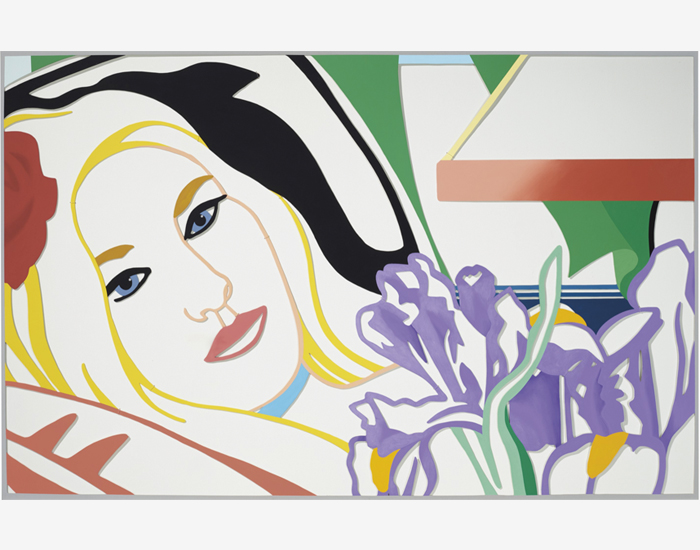
"Bedroom Blonde with Iris" (1987) a été vendu pour 399 000 dollars.
- Cette œuvre d'art est 1/3 de la taille de la nôtre avec la même imagerie.
- Vendu en novembre 2019 pour 399 000 $, soit plus du double de son estimation haute de 180 000 $, ce qui témoigne de la vigueur croissante du marché de Wesselmann.

"Dessin inversé : Bedroom Blonde with Irises" (1993) pour 489 428 dollars.
- Un sujet comparable, bien qu'il ne s'agisse que d'un travail sur papier et qu'il soit deux fois plus petit que notre pièce.
- Vendu pour près d'un demi-million de dollars en février 2020
Œuvres dans les collections des musées
Musée d'art Whitney, New York
Smithsonian American Art Museum, Washington D.C.
L'Institut d'art de Chicago
Ressources supplémentaires
Au-delà du pop art
L'artiste pop le plus célèbre que vous ne connaissez pas
Le grand nu américain de Tom Wesselmann #53
demander
Vous pouvez également aimer




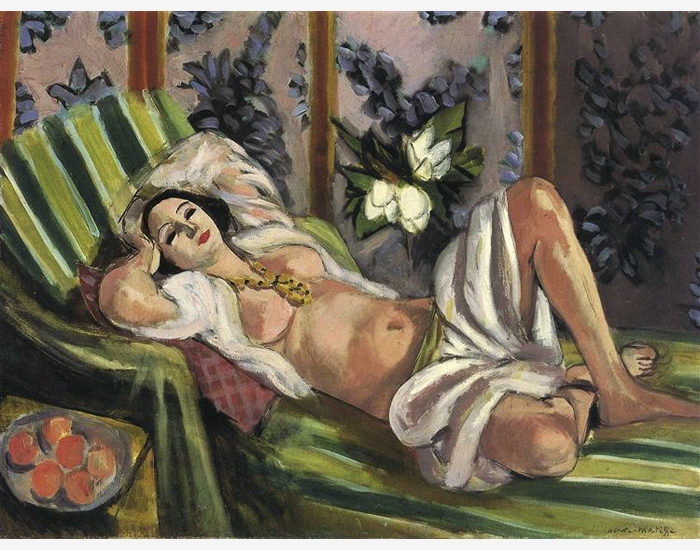








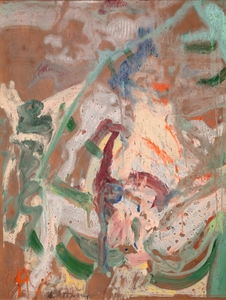
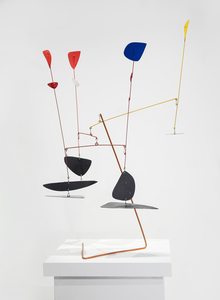
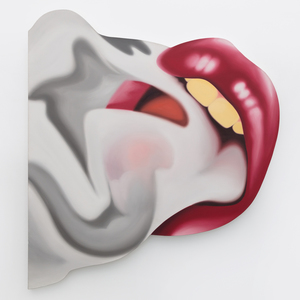
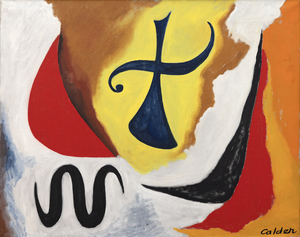


_tn27035.jpg )
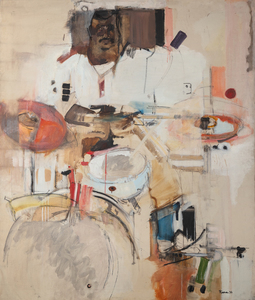
_tn44121.jpg )